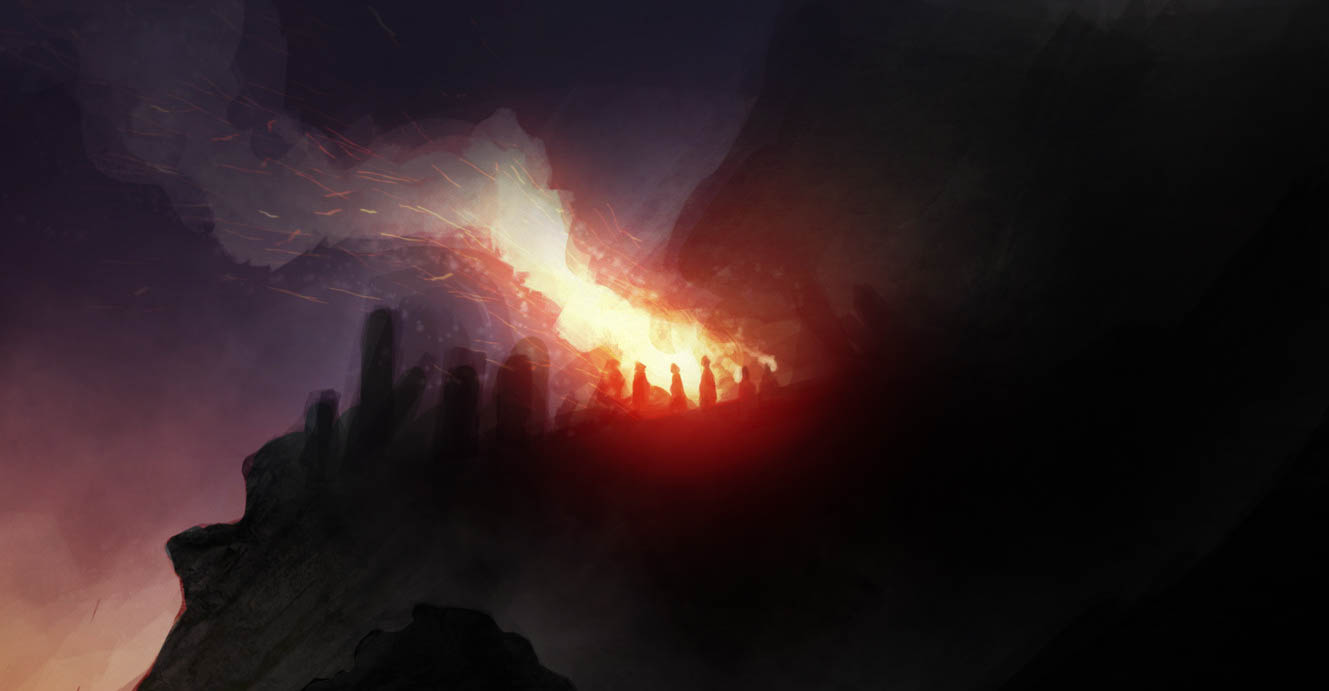By Elena Smith, Year 11
Many different philosophies over the course of history explain the difference, if any, between appearances and reality. It is important to start by defining what appearance and reality mean, and why it is such a big topic of debate within Philosophy today. Appearance could be defined as how things seem to be, whereas reality could be defined as the state of how things truly are, the ‘truth’ so to speak. Different philosophers around the world have contrasting views when it comes to differentiating appearances and reality, and all have stronger and weaker arguments. We will start by looking at how presocratics interpreted appearance and reality, then Plato’s theory of these two subjects, and finally, how Aristotle perceived and understood these concepts.
Presocratics, although perhaps less obvious than Plato, had already started to differentiate appearances and reality, and began to question how one can separate what we see and what we believe to see. In fact, renowned philosopher Xenophanes clearly shows this in his thinking. Xenophanes argued that differentiating appearances and reality is close to impossible, as we can never truly know if our reality is true. He gave an example of fig and honey. If humans only knew figs and had never tasted honey we would believe that figs are the sweetest thing to exist, and understand that as ‘reality’. However, we know what honey is, and we, therefore, know that honey is in fact sweeter than a fig. But then the question arises; how can we ever truly know that honey is the sweetest thing, and there is not something sweeter out there that we have simply not been made aware of? Clearly, Xenophanes suggests that it is near to impossible to make a difference between appearances and reality as we will never truly know whether the reality that we perceive is true.
Furthermore, pre-socratics also believed in using our natural senses to differentiate appearances and reality. With their way of thinking, using our experience and human senses, we could determine what our reality is, and therefore through knowing what reality truly is we could determine what are and aren’t appearances.
To conclude, Presocratics may have differentiating views between themselves, but at the end of the day, it was usually believed that explaining differences between appearances and reality is incredibly difficult, as to differentiate them, we must first establish them. Some, like Xenophanes, thought it to be impossible, whilst some believed that it was possible to explain, but assuming that what we see and observe of the world around us is reality and not deception.
Moving on to Plato’s views which are more clear perhaps compared to others. Plato’s views on reality and appearance are clearly expressed in his allegory of the Cave. In this allegory, prisoners are trapped inside a cave and only see the shadow of the puppets on the cave wall, and so perceive reality not as it truly is, but instead a twisted and illusive version. Here, Plato introduces us to the deception of reality. However, the allegory includes one enslaved person who escapes the cave and learns what reality truly is, in other words, he becomes ‘enlightened’. This suggests that Plato felt that although reality is deceptive and can lead to believing something that may seem true but really isn’t, the reality is still attainable. He believed in a ‘pure’ form of the truth and only then is that reality. Appearances would be what we as humans perceive, as the majority of us will never truly understand the master truth. He believed the difference between reality and appearances is that reality are forms, whereas appearances are objects. By using philosophy as the tool, Plato believed distinguishing between reality and appearances was only possible for those of us who are ‘enlightened’, but most of us would continue to live a life of deception where the lines between reality and appearances are blurry.
Finally, we move on to Aristotle’s manner of explaining and differentiating appearances and reality. Whilst Aristotle was Plato’s student, his understanding of reality and appearances significantly differed from Plato’s. Unlike Plato, he believed that the world we are living in was real and that there is no ‘master truth’, for objects do not need one. He believed that whatever our mind analyzed and comprehended was, therefore, proof of reality, and not simply an appearance. Although in some ways Aristotle’s views did agree with his teacher, as although Aristotle thought what we see as humans is the reality he did still believe that our perception of the universe and the world around us is only a sliver of the full truth, but using our intuition and mind we could differentiate reality and appearances.
To conclude, Philosophers including Xenophanes, Plato and Aristotle have different understandings and explanations for the difference between appearances and reality. While some believe that reality can be found using our minds and observations, others believe reality is unattainable to humans, and can only be found in the purest forms. Although, it was also clearly seen that the debate of how to differentiate appearances and reality is not as simple as one might think and to this day philosophers from all over the globe debate this point.
From a more ‘modern’ perspective trying to differentiate appearances and reality is crucial, especially with the rise of fake news through social media. With tools to edit videos, and propagate false information, having the ability to see through appearances, with the aim to see ‘reality’, is incredibly important for us today. I believe that with the recent rise of social media, our perception of reality has become alarmingly twisted and that with technology, we are becoming detached from reality, and falling into the trap of appearances. Simply looking at apps which edit photos are a perfect example of appearances versus reality; we tend to believe everything we see on social media, but it’s time to start questioning what we are being shown and understanding the important difference when it comes to appearances and reality. I think technology and social media can be a tool to connect us, and could actually be the tool to grasp reality, but only if used well, and not as most are using it today.


